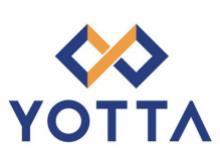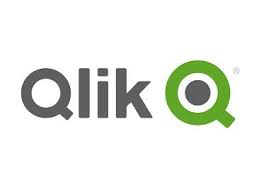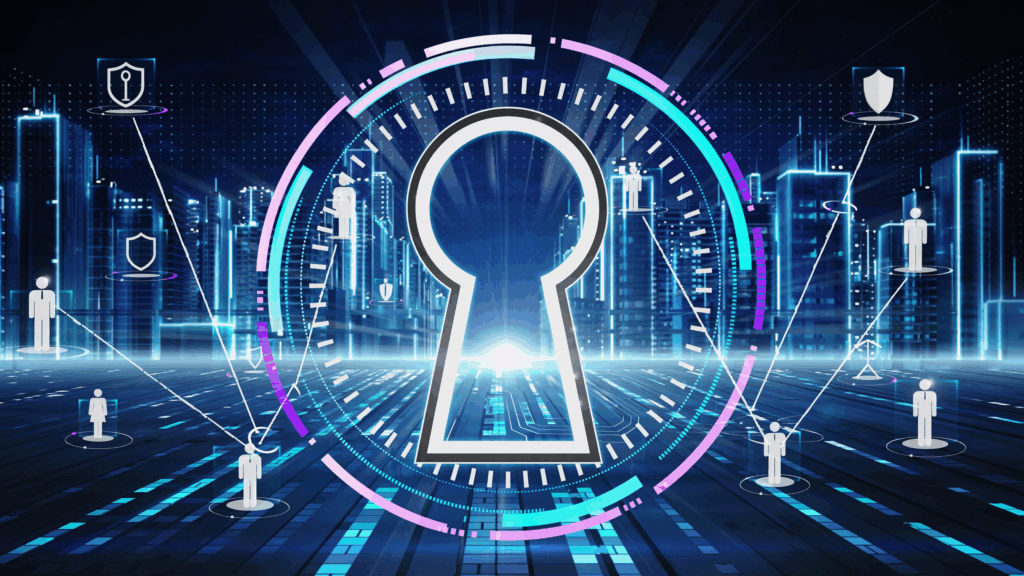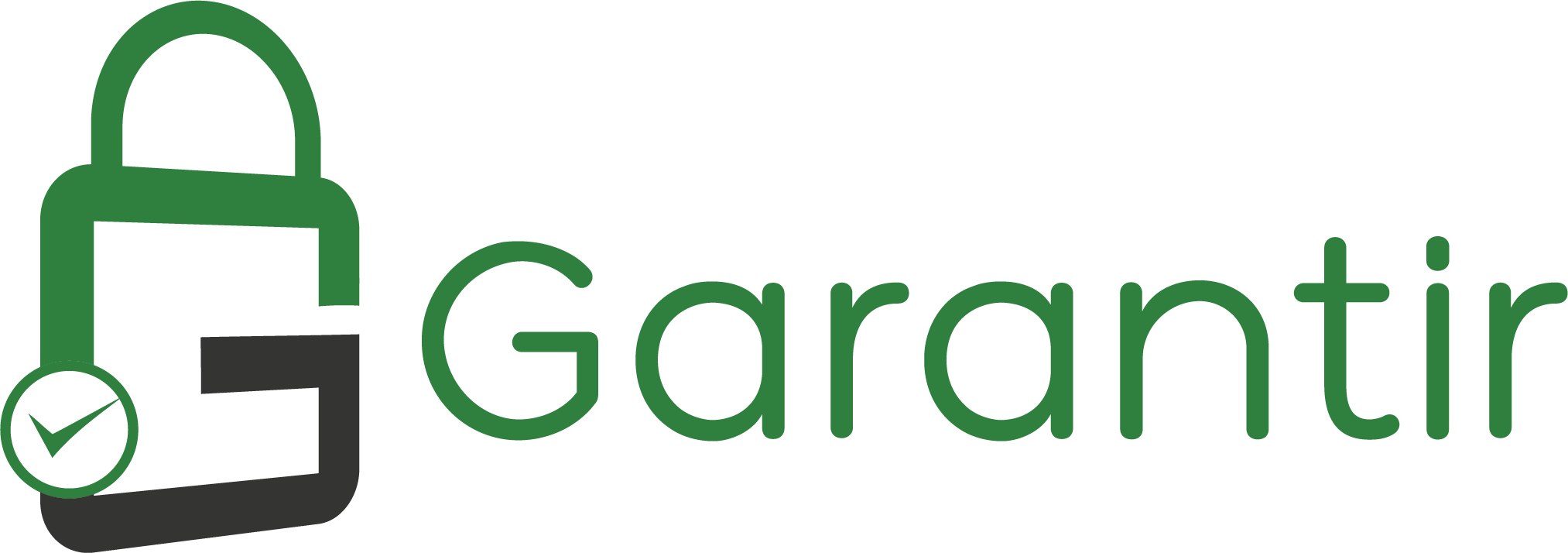Details Exponential Increase in Overall Cyberattacks; Reveals Potential Revenue Risk for Businesses'
SonicWall released the 2024 SonicWall Mid-Year Cyber Threat Report,
researched and compiled by SonicWall Capture Labs, which unveils yet another
rise in overall attacks, after seeing an 11% increase observed in 2023. The
report details the evolving threat landscape over the first five months of this
year, highlighting the persistent, relentless and escalating nature of cyber
threats globally.
This report has been built with SonicWall's partners in mind, and much like
SonicWall itself, has undergone a significant transformation. The report has
evolved in how it measures critical cyberthreat data to include time as a
factor. It also highlights the latest trends that are impacting our partners
and the customers they serve, and for the first time the report ties attacks to
tangible business impact, including potential revenue risk.
"As threat actors continue to add more efficient and sophisticated
tactics, we knew the threat report had to evolve to suit our partners' and
customers' needs," said SonicWall President and CEO Bob VanKirk.
"The report is current and includes timely trends and provides our
partners, MSPs, MSSPs and customers with actionable intelligence to help them
create and implement strategies to help their customers combat these threats
whether new or old."
"Organisations today confront a dynamic threat landscape where threat
actors continually innovate to outpace enterprise defenses,"
emphasised Debasish Mukherjee, Vice President, Regional Sales, Asia
Pacific Japan at SonicWall. "With cyber risks dominating headlines and
boardroom discussions globally, the 2024 SonicWall Mid-Year Cyber Threat Report
solidifies our position as a trusted authority, bolstering our capacity to
deliver robust security solutions to our valued customers."
Rising Attacks and Revenue Protected
SonicWall intelligence found that on average, companies were under critical
attack - the type of attack most likely to deplete business resources - for
1,104 hours out of 880 working hours. That means that customers were shielded
from a potential 46 days of business downtime in just the first five months of
2024, protecting 12.6% of total revenues and defending against potentially
devastating intrusions.
"The data and examples found in the report provide real life examples of
how crafty and swift malicious actors operate, underscoring that traditional
cybersecurity defences often prove to be the most reliable," said SonicWall
Executive Director of Threat Research Douglas McKee. "Data is not just
a resource; it's our frontline defence against cybercrime, revealing critical
insights that inform allocation of resources and enable targeted and proactive
cybersecurity measures."
The 2024 SonicWall Mid-Year Cyber Threat Report provides insight on a range of threats, including:
- Malware - Total global malware volume rose 30% in the first half of 2024,
seeing a massive 92% increase in May alone, while APJ saw a YoY increase
in malware attacks of 6%.
- Ransomware - Ransomware is trending up with an increase of +15% in NOAM and a
resounding +51% in LATAM, but EMEA is pulling the global numbers down,
logging a -49% decrease.
- IoT Malware - IoT
attacks rose by 107%, with affected devices averaging 52.8 hours under
attack. Additionally, 15% of all malware now uses software packing as its
main MITRE TTP. Notably in APJ, IoT attacks increased by 72%.
- Cryptojacking - After a record-breaking year, Cryptojacking dropped 60%. Most of
the globe saw a decrease, with the exception of India, which saw a
staggering 409% increase.
"The threat landscape is completely overwhelming for organisations and the
teams who defend them," said SonicWall Partner and Fornida COO
Steven Huang. "Most cybersecurity breaches include some degree of
human error. Ultimately, there are two ways to battle this; reducing
opportunity and educating users. The fewer opportunities there are for an
error, the less users will be tested. And the more knowledge they have, the
less likely they are to make a mistake even when they face an opportunity to do
so."
































Leave A Comment